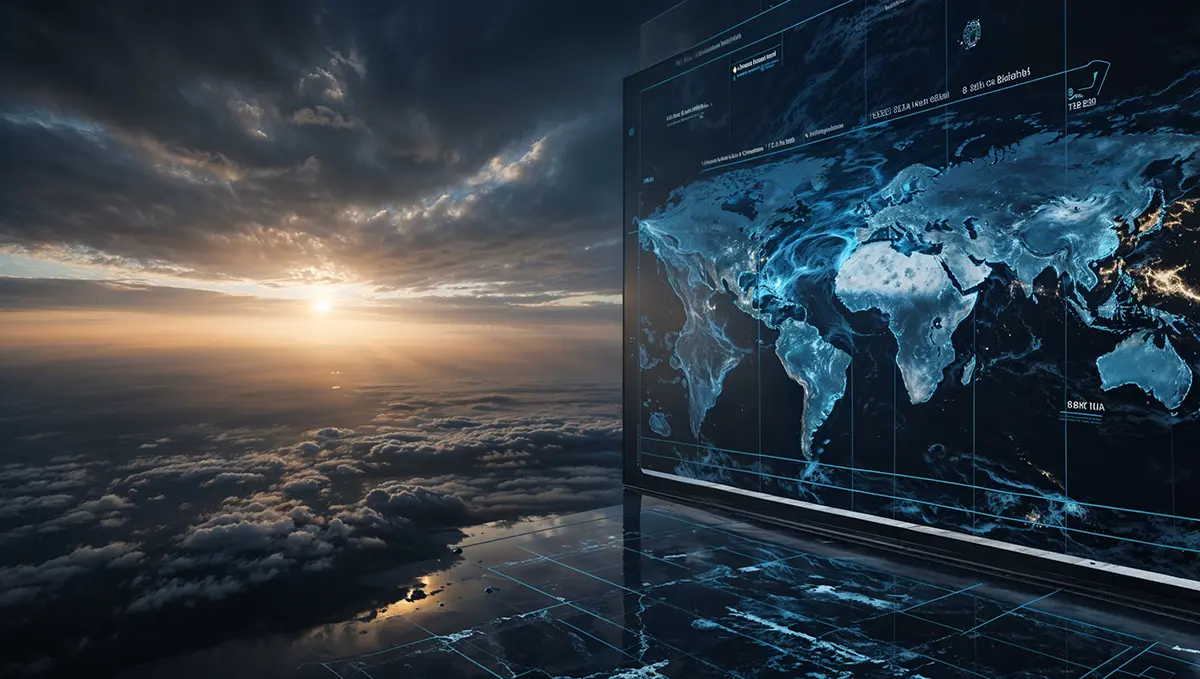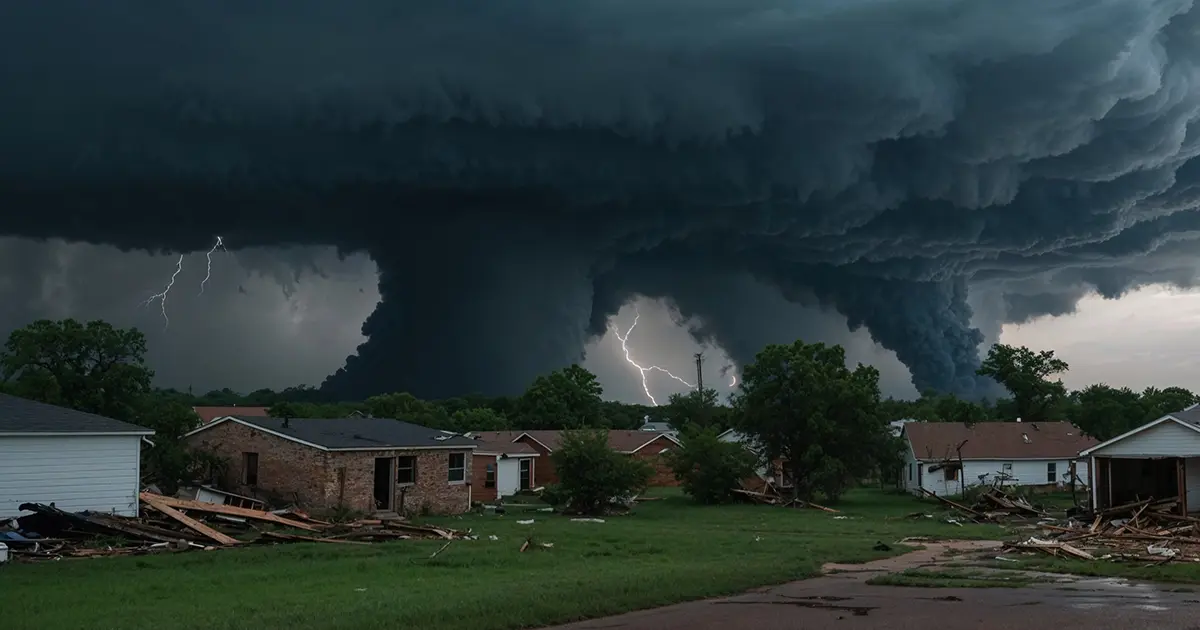AI-Powered Weather Forecasting: What It Means for Everyday Users
AI is revolutionizing weather forecasting by processing massive amounts of data from satellites, sensors, and historical patterns. Unlike traditional methods, AI-powered tools provide hyper-local, real-time forecasts with impressive accuracy. Apps like Dark Sky, AccuWeather, and IBM Weather Channel allow users to access these forecasts directly on their smartphones, helping them plan for daily activities and severe weather events. Discover how AI-driven technology is making weather forecasts faster, smarter and more reliable for everyone.
Introduction to weather forecasting
Weather forecasting has come a long way in the last decade. As recently as ten years ago, meteorologists relied on basic satellite data, manual observations, and computer simulations to make predictions. While this method worked, it was far from perfect. The accuracy of these forecasts often depended on regional data and mathematical models that couldn’t fully capture the complexity of our planet’s climate systems. The forecasts were less reliable for long-term predictions, often missing sudden shifts in weather patterns.

How AI has transformed weather forecasting
Today, artificial intelligence (AI) is revolutionizing weather forecasting. AI uses massive amounts of data collected from satellites, sensors, and historical weather patterns to create more accurate and detailed forecasts. AI-based algorithms, such as machine learning, analyze these massive data sets to identify hidden patterns and trends that humans or traditional systems may miss.
A key example is IBM’s The Weather Company, which uses AI to provide hyperlocal forecasts. By processing massive amounts of data from multiple sources, AI can make accurate predictions down to a single neighborhood or street. Similarly, European companies like MeteoGroup and Chinese companies like Alibaba’s DAMO Academy have integrated AI into their forecasting systems. Russia’s Yandex is also using AI for regional forecasting. These services cater to different user bases: The Weather Company focuses heavily on U.S. markets, while MeteoGroup serves Europe and Alibaba specializes in China’s vast and varied climate. This global comparison shows that while the core technology is similar, different regions prioritize specific local needs.
AI-powered apps for weather forecasting
Thanks to AI, everyday users now have access to highly accurate weather apps. Popular apps like AccuWeather, Dark Sky, and Weather Underground all use AI to provide users with real-time updates. For example, Dark Sky, known for its hyper-local forecasting, can alert users to rain or snow within minutes of its arrival, all based on AI-driven data analysis.
Installing these apps is easy. Whether you use Android or iOS, you can download these apps from the Google Play Store or the Apple App Store. They make it easy for anyone to stay on top of weather changes and plan their daily activities accordingly.

How AI predicts severe weather events
AI isn’t just about predicting everyday weather, it’s also playing a crucial role in predicting severe weather events like hurricanes, tornadoes, and floods. Companies like Google DeepMind and Microsoft AI for Earth are working on models that analyze past extreme weather patterns to predict future events. This level of accuracy can help governments and emergency services prepare better, saving lives and resources.
The benefits of AI for meteorology
Here are some of the key benefits of AI in weather forecasting:
- Accuracy: AI delivers hyper-local, real-time updates with remarkable accuracy.
- Speed: It processes large data sets quickly, delivering faster forecasts.
- Long-term forecasting: AI improves predictions for both short- and long-term forecasts.
- Risk management: By predicting severe weather early, it helps reduce the risk of disaster.
Key takeaways for beginners
If you’re new to AI or weather forecasting, here’s what you need to know:
AI’s future in weather forecasting
AI is constantly evolving, and its potential in meteorology is growing. Beyond simply predicting the weather, AI could help us understand larger climate changes. Scientists and technology companies are already working on models that could one day predict earthquakes, volcanic eruptions, and other natural phenomena. As AI improves, so will our ability to respond to these events with greater accuracy and preparation.

How to get started with AI weather apps
To start benefiting from AI weather forecasts, download one of the recommended apps, such as AccuWeather, Dark Sky, or IBM Weather Channel. Each app offers easy-to-use features to help you understand the forecast, from minute-by-minute updates to severe weather alerts.
Once installed, enable notifications to receive timely updates, especially for severe weather conditions. Most apps offer customization so you can track specific regions or set preferences based on your lifestyle. Apps often include detailed guides for users who want to explore their full range of features.
Staying ahead of the weather with AI technology
AI has transformed the way we forecast the weather, providing unprecedented accuracy, speed, and long-term predictions. By learning how to use AI-powered apps, anyone can stay ahead of the weather. Whether you’re a busy professional or someone curious about technology, these apps can help make your life easier and safer.

















